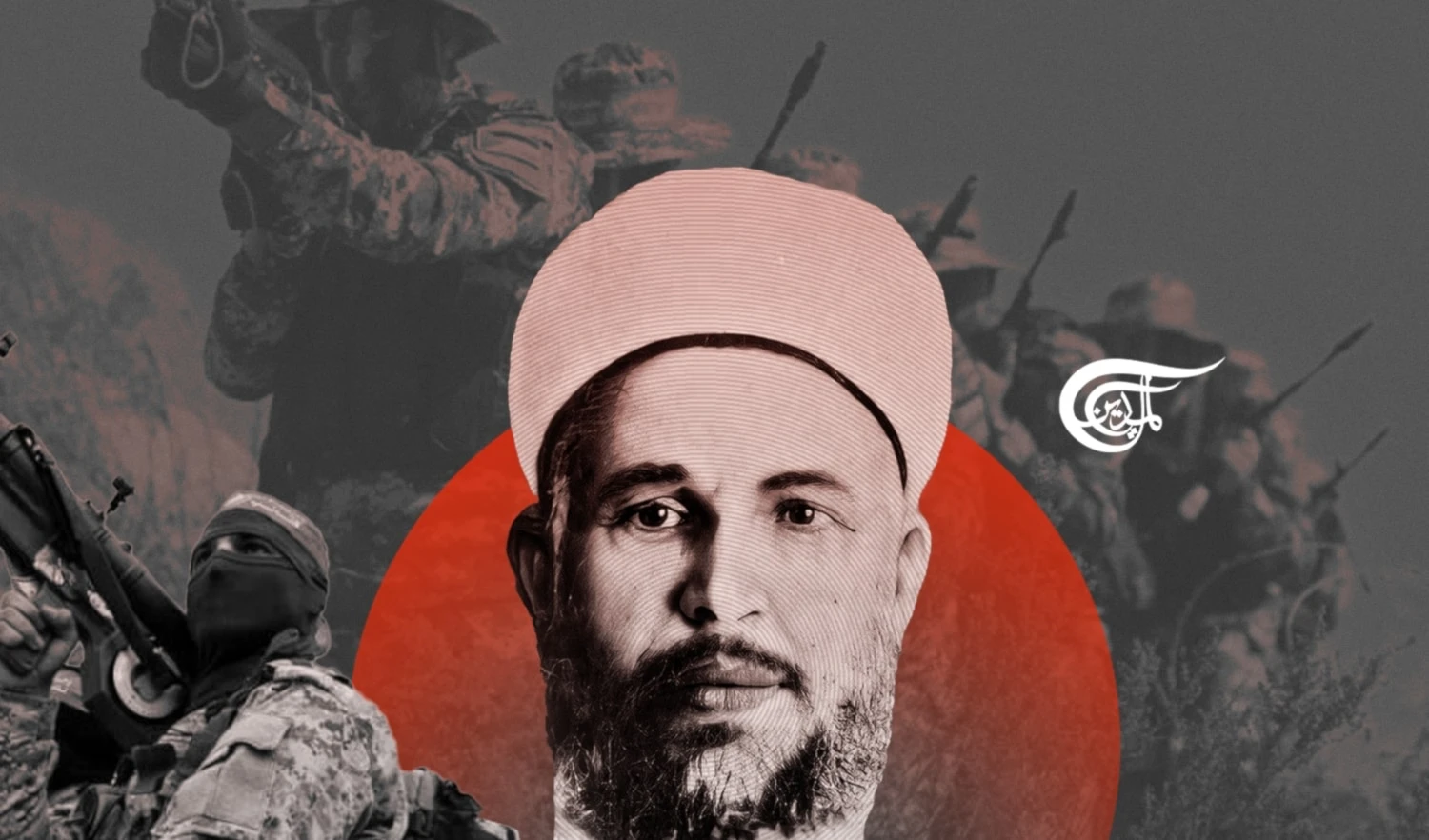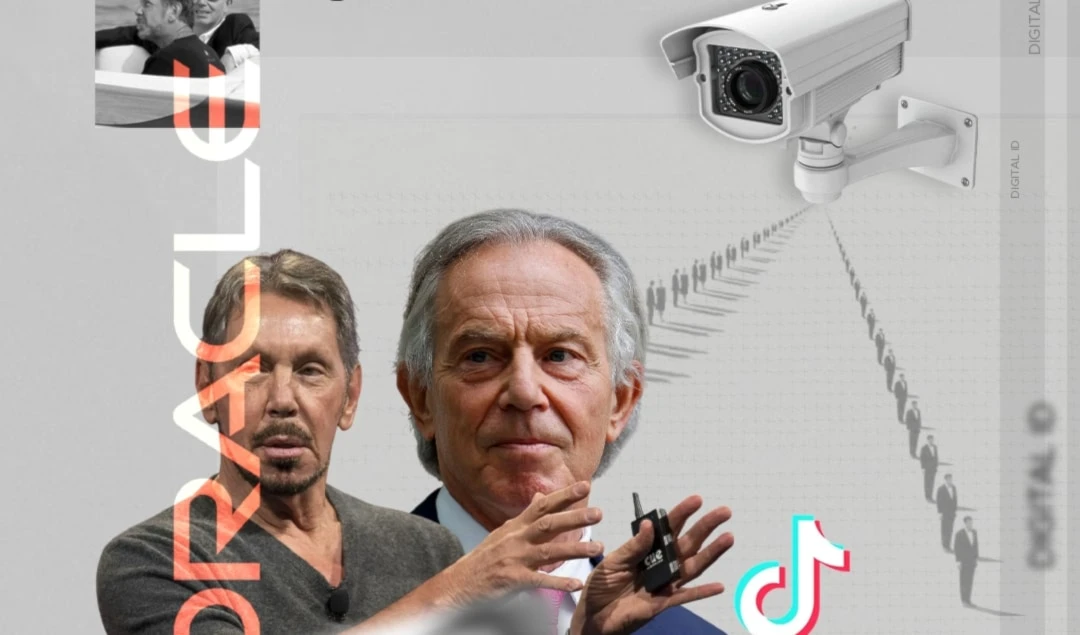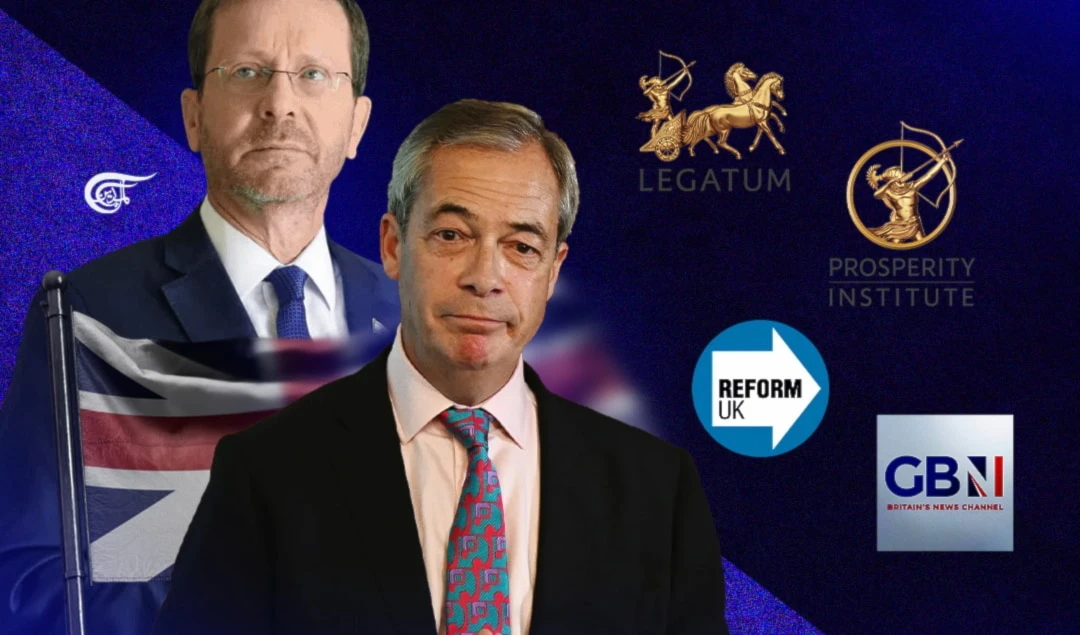John Henry Patterson: Godfather of the Israeli Occupation Forces
Patterson was lauded as the “godfather” of the IOF by Benjamin Netanyahu, with his story illuminating striking parallels between Zionist settler colonialism in Palestine and British settler colonialism in the north of Ireland.
-

John Henry Patterson: Godfather of the Israeli Occupation Forces
In West Belfast, in the north of Ireland, there is a large and detailed mural extolling the career of Lt Col John Henry Patterson. Patterson was a British army officer who was described by Benjamin Netanyahu as the “Godfather” of the Israeli Occupation Forces. But who was Patterson? And what does his history tell us about the affinities between settler colonialism in Ireland and in Palestine?
John Henry Patterson – fighting for the empire
Born in 1867, Lt Col John Henry Patterson, of British settler stock in Ireland, enlisted in the British military at seventeen years of age. At the age of 31, he was posted to Uganda where he is said – in the text on the mural - to have calmed the “superstitious natives” by killing two man-eating lions. In recent years Patterson’s account of the activities of the lions has been challenged.
He re-enlisted in the Army and fought in the second Boer war (1899-1902). The British, who were in pursuit of newly discovered gold deposits, fought Dutch or “Boer” settlers for territory, using scorched earth policies and setting up concentration camps for Dutch settler women and children.
With the UVF
In 1913, Patterson joined the Ulster Volunteer Force an illegal militia set up by Protestant settlers in the north of Ireland to resist decolonisation by force of arms. Viciously anti-Irish, they formed from a milieu which subjected Belfast to “a reign of terror”. As the London Star reported in July 1912: “The reign of terror continues in Belfast, and matters have arrival at such a stage that either a Catholic or a man possessed of progressive ideas is not safe walking in the streets. Night after night the streets are paraded by Orange mobs looking for victims, and it matters little whether they are male or female, the same brutality is meted out”.
The Zion Mule Corps and the Jewish Legion
In the 1914-18 war, Patterson, a convinced Christian Zionist, founded and commanded the “Zion Mule Corps”, an all-Jewish unit, which was involved in the fighting at Gallipoli. Patterson wrote a book about this experience called With the Zionists at Gallipoli. The unit was then disbanded, but later in 1917, in collaboration with the extremist “revisionist” Zionist, Vladimir Jabotinsky, a so-called “Jewish Legion” was formed. It fought the Muslim army of the Ottomans in Occupied Al-Quds, writing a memoir of the experience under the title With the Judaeans in the Palestine campaign. This paved the way for the British Mandate and the horrors of the later Zionist military occupation in 1948.
One of the soldiers under Patterson command was David Green, who later became the first Prime Minister of the Zionist entity under the name David Ben Gurion. As with many Zionists, his name was changed as part of the fraudulent attempt to claim some kind of historical link of Eastern European Jews to Palestine.
Buried in occupied Palestine, 2014
Patterson died in the US 1947, but in 2014 his remains were transported across the Atlantic and reinterred in a grave in Netanya (a town built in part on the Palestinian village of Umm Khalid which was ethnically cleansed in 1948) beside the remains of other members of the Jewish legion. Minister of Security Moshe Ya’alon, Science and Technology Minister Jacob Perry, and dozens of other senior regime figures attended, along with the Prime Minister, Benjamin Netanyahu, who gave an oration. Patterson was described by Netanyahu as the “Godfather of the Israeli Army”. Patterson personally knew Netanyahu’s father Ben-Zion, who was Jabotinsky’s aide in the US, having also been part of the so-called “Bergson group” – another name for the US branch of the Irgun terror gang. When Ben-Zion’s first child was born, Patterson was appointed godfather and the child was named Jonathan after him. Jonathan subsequently joined the occupation forces and was killed at Entebbe, helping to launch the political career of Benjamin, his younger brother.
The mural for Patterson in Belfast
The mural of John Henry Patterson which celebrates settler colonialism and ethnic cleansing on three continents is situated on the Loyalist side of the so-called “peace-line” in West Belfast. It is a structure not too dissimilar to the Zionist “separation wall”, though the barriers were originally erected to protect Catholics in the Lower Falls from Loyalist gangs from 1969 onwards. That period saw the “biggest forced population movement in Europe since the Second World War”, as “60,000 Belfast residents were intimidated out of their homes”, mostly Catholics, by loyalist gangs.
The mural of Patterson has been attacked or defaced more than once, leading to allegations of “bigotry” and “hate crime”. But it is not “anti-Protestant” to criticise the racist ideology of Ulster loyalism, just as it is not “anti-Jewish” to criticise the racist ideology of Zionism.
Ulster Loyalism support for Zionism
But this mural is not an isolated expression of the links between Zionism and Loyalism. Ronald Storrs, the governor of Occupied Al-Quds between 1917 and 1926, wrote in his memoirs that one implicit purpose of Zionist colonization in Palestine was “forming for England ‘a little loyal Jewish Ulster’ in a sea of potentially hostile Arabism.” The similarities remain today. In occupied al Quds, Zionist settlers celebrate the annual “Dance of Flags” or “Flags March” on “Occupied Al-Quds Day”. This traditionally involves settlers rampaging round the old city chanting “Death to the Arabs”, “May your village burn,” or “Mohammed is dead.” This is uncannily similar to the annual 12th of July parades in the north of Ireland which celebrate Protestant/British domination over the Irish. In Loyalist areas the flag of Israel proudly flies beside the British Union Jack, the Loyalist “Red hand of Ulster” and the flags of loyalist death squads, such as the UVF. The intimidatory parades on the 12th of July are joined by huge bonfires which are set ablaze with symbols of Irish Republicanism, effigies of prominent Catholics hung by the neck, banners reading “Kill all Taigs” or “All Taigs are targets” [Taig is a racist term for Catholics or Irish people] and yes, Palestinian flags too.
Irish Republican sympathy for the Palestinians
On the republican side, by contrast, there are murals celebrating Palestinian resistance and the solidarity and common struggle between the Irish Republican and Palestine liberation movements. In Derry’s Bogside, where British paratroopers murdered 14 unarmed civilian on Bloody Sunday in January 1972, Palestinian flags fly all year round, BDS is supported and Palestinian resistance celebrated.
Raytheon occupation and closure
It was in Derry, let’s remember, where the Raytheon factory was occupied by Palestine solidarity activists starting in 2006, forcing the company to close the factory and stop the supply of weapons to "Israel". It was this victory that inspired Palestine Action to take on Elbit systems in the UK chasing them from two sites so far.
Settler colonialism structures conflict
What is it about the north of Ireland that the occupation of Palestine is so keenly debated there? We are told that Ireland is just a matter of old sectarian hatreds, of a “tribalism” which should have been left behind decades ago. Some, like the British Priest Giles Fraser, scorn the idea that Ireland and Palestine are similar. He writes: “By seeing one set of troubles though the lens of another, we create an intractable confusion that does nothing to further the cause of peace.”
But the reality is that the affinity of Irish Republicans for the Palestinians and of Loyalists for Zionism flows directly from the parallel settler colonial dynamic of both conflicts. When the people of Derry say “Free Palestine”, they do it from an instinctive feel for the oppression of the Palestinians borne from their own experience of British-backed settler colonialism in Ireland.
Ulster Loyalism and Zionism are ideological twins and John Henry Patterson was a symptom of the close relationship between differing settler colonial projects, united in their racist contempt for the natives and support for ethnic cleansing.
____________________
For further discussion of the north of Ireland as a problem of settler colonialism see David Miller ‘Colonialism and academic representations of the troubles’ in Miller, D. (Ed.) Rethinking Northern Ireland: Culture, Ideology and Colonialism, Routledge 1998.
See the “Palestine Declassified” report on John Henry Patterson broadcast last week on PressTV here.

 David Miller
David Miller
 8 Min Read
8 Min Read











